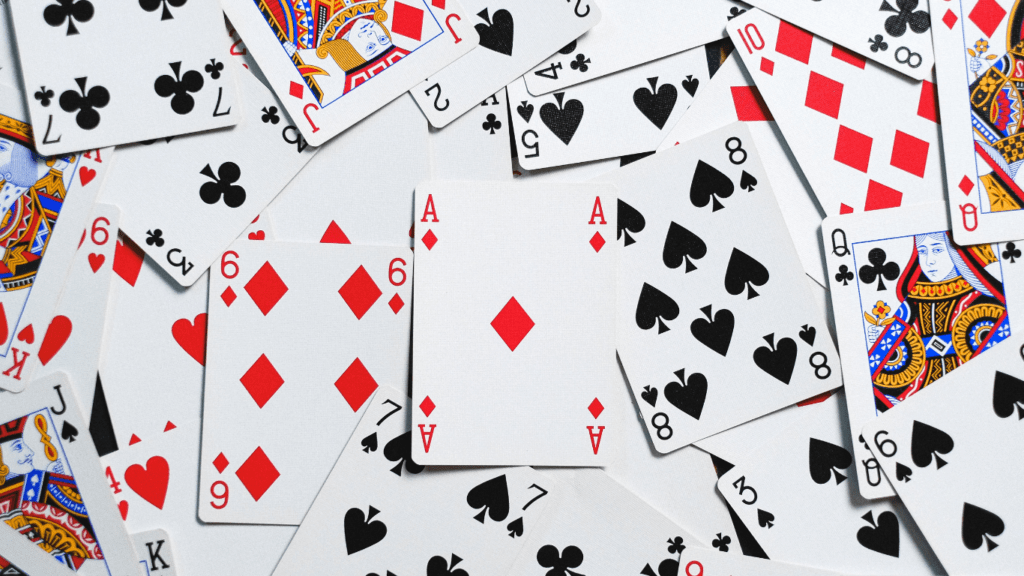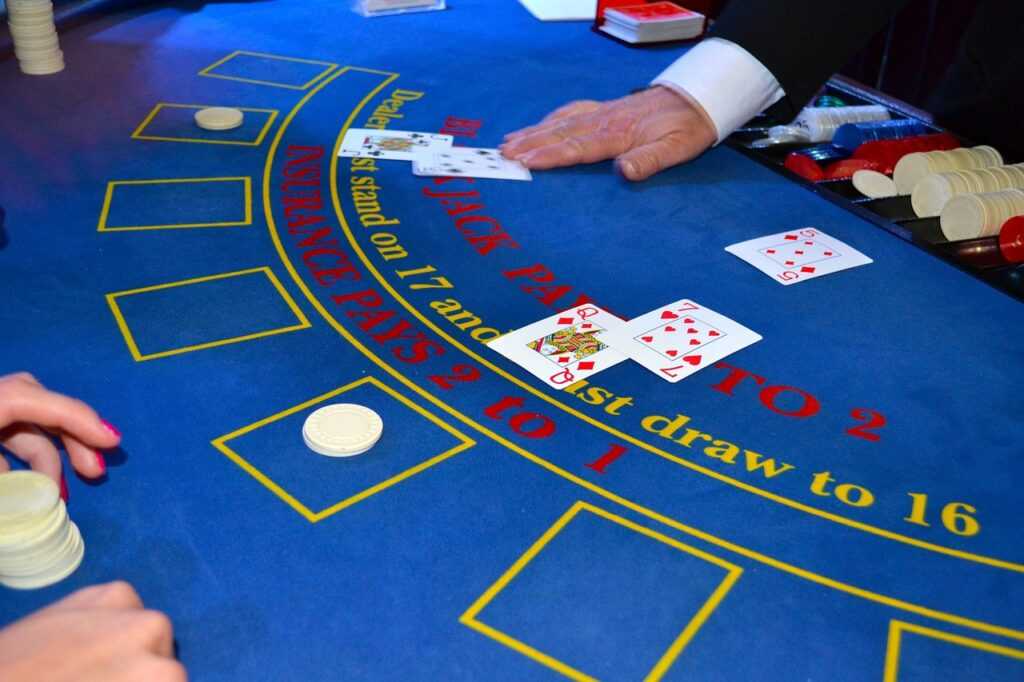Understanding Baccarat
Baccarat is a card game traditionally played between two hands, the banker and the player. There are three possible outcomes in each round: the player wins, the banker wins, or it’s a tie. Unlike other card games, Baccarat doesn’t offer many betting options, but understanding its dynamics can significantly impact your strategy.
Basic Rules
Each hand starts with two cards. The hand values are calculated by adding the card values and taking the last digit of the sum. For example, a hand containing a 7 and a 9 equals 16, so the hand value is 6. Tens and face cards count as zero, while other cards retain their face value.
- Player’s Hand: If a player’s first two cards total 0-5, they draw a third card. If the total is 6 or 7, they stand.
- Banker’s Hand: If the banker’s total is 0-2, they draw a third card. The rules for drawing additional cards between 3 and 6 depend on the player’s third card.
House Edge
The house edge in Baccarat is relatively low compared to other casino games. Betting on the banker offers a house edge of about 1.06%, while betting on the player has a house edge of 1.24%. The tie bet carries a significantly higher house edge, often over 14%, making it less favorable.
Common Bets
There are three primary bets in Baccarat: player, banker, and tie. Each has distinct odds and payouts.
- Player Bet: Pays even money (1:1).
- Banker Bet: Pays 1:1, but with a 5% commission taken from winnings.
- Tie Bet: Generally pays 8:1 or 9:1, which is enticing but carries a high house edge.
Knowing the Table Layout
The typical Baccarat table contains spaces for players to place their bets on the player, banker, or tie. Understanding the table layout helps you place bets quickly and efficiently. This knowledge can reduce the risk of errors during gameplay.
By understanding these aspects of Baccarat, players can refine their strategies and make informed decisions during the game.
The Basics of Baccarat
Baccarat’s simplicity and strategic depth attract many players. To master Baccarat, it’s crucial to understand its fundamental rules and bet types.
Rules of the Game
Baccarat involves two hands, the Player and the Banker. Each hand gets dealt two cards initially. The hand closest to a total of nine wins. Cards 2 through 9 are worth their face values, aces count as one, and tens and face cards count as zero. If a hand exceeds nine, the total resets at an increment of ten. For instance, a hand of 7 and 8 equals 15 but counts as 5 in Baccarat.
The Player follows specific drawing rules:
- If the Player’s initial total is 0-5, an additional card is drawn.
- If the total is 6-7, the Player stands.
- If the total is 8-9, it’s a natural win, and no more cards are drawn.
The Banker rules are slightly more complex but follow a defined pattern based on the Player’s hand and the Banker’s total:
- If the Banker’s total is 0-2, an additional card is drawn.
- If the total is 3-6, drawing depends on the Player’s third card.
- If the total is 7, the Banker stands.
- If the total is 8-9, it’s a natural win, and no more cards are drawn.
Types of Bets
There are three primary bet types in Baccarat: Banker, Player, and Tie. Betting on the Banker is statistically the best option, showing a house edge of 1.06%, giving it a higher chance of winning over time. When the Banker wins, a 5% commission is usually applied to the payout.
Betting on the Player has a slightly higher house edge at 1.24%. Though this bet pays 1:1, it’s less favorable than the Banker bet over numerous rounds.
A Tie bet has the highest house edge at 14.36% but offers an 8:1 payout. This bet carries significant risk, making it less popular among seasoned players.
By understanding these elements, one can enhance decision-making and strategy in Baccarat.
Key Baccarat Strategies

To elevate your Baccarat gameplay, mastering certain strategies can be pivotal. Below are two widely recognized systems that can help optimize your bets and potentially increase your chances of success.
The Martingale System
The Martingale System involves doubling your bet after every loss. If you win, return to your original bet. This strategy aims to recover all previous losses with one win. For example, you bet $10 and lose, your next bet would be $20. If you lose again, you’d bet $40. When you win, you recover your $30 loss and gain a $10 profit.
This system requires substantial bankroll and can encounter table limits, so maintaining discipline is crucial. Players must also consider the risk of long losing streaks, which can cause significant losses.
The Fibonacci System
The Fibonacci System uses a sequence of numbers where each number is the sum of the two preceding ones. In Baccarat, you start with a bet matching the first number in the sequence. If you lose, your next bet follows the sequence. For instance, start with $10, lose, then bet $10 again. Lose again, bet $20. Win, move back two steps in the sequence.
This system is less aggressive than the Martingale, offering a more gradual approach to recovering losses. However, it still requires a sound bankroll and attention to the game’s progression to be effective.
Implementing these systems strategically in your Baccarat play enhances decision-making and can lead to more consistent outcomes.
Advanced Techniques
Advanced techniques in Baccarat require a deeper understanding and a disciplined approach. These methods can enhance strategic gameplay and lead to more consistent outcomes.
Card Counting
Card counting, while more commonly associated with Blackjack, can be applied to Baccarat. This technique involves tracking the ratio of high cards (10s, face cards, Aces) to low cards (2-6) remaining in the shoe. A higher ratio of low cards can favor the Player, while a higher ratio of high cards benefits the Banker. During gameplay, mentally note the tally of these cards. Utilize this information to adjust your bets accordingly, giving you an edge over the casino.
Key Steps in Card Counting:
- Track high cards (10s, face cards, Aces).
- Record low cards (2-6).
- Adjust bets based on card ratios.
Pattern Spotting
Pattern spotting relies on identifying streaks and trends in the outcomes of past hands. This analysis helps predict future rounds and decide on appropriate bets. Common patterns include alternating wins between Player and Banker, long streaks of one side winning, or recurring ties. For example, if the Banker wins three consecutive hands, some players might bet on the continuity of that streak. However, remember that Baccarat is still a game of chance, and patterns may break unexpectedly.
Notable Patterns:
- Alternating wins (Player, Banker).
- Long winning streaks (Player or Banker).
- Recurring ties.
These advanced techniques, when practiced with discipline, can give seasoned players an analytical edge in Baccarat.
Managing Your Bankroll
Effective bankroll management separates the casual player from the seasoned pro.
Setting Limits
Setting financial limits is crucial for sustainable play. I always decide on the maximum amount I’m ready to lose before I start. This limit shouldn’t strain my finances. For example, if my monthly disposable income is $500, I might allocate $100 for Baccarat. This approach helps minimize losses.
Sticking to Your Budget
Sticking to my budget ensures financial stability. Once I’ve established my limit, I never exceed it. Temptation may arise, especially after a losing streak, but discipline is key. If I start with a $100 budget, I’ll never bet more than this amount during my session. This keeps my gaming fun and prevents financial stress.
Tips from the Pros
Professional Baccarat players employ several expert techniques to enhance their gameplay. Here, I’ll share some key tips to help you succeed.
Knowing When to Quit
Seasoned players always establish a winning and losing threshold before they start. Setting a profit target and a loss limit, such as 20% of your bankroll for both, helps maintain disciplined play. Walking away once these limits are reached is crucial. If you aim to win $200 with a $1,000 bankroll, leave the table once you hit your target or accept a $200 loss. This approach preserves your bankroll for future sessions and prevents chasing losses.
Staying Calm Under Pressure
Maintaining composure is vital in high-stakes Baccarat. Experienced players never let emotions dictate their decisions. During losing streaks, sticking to your strategy without increasing bets impulsively is essential. If you encounter a string of losses, continue to follow your predefined betting plan and resist the urge to recoup losses quickly. This mindset ensures that emotions don’t cloud judgment, leading to more consistent and rational gameplay.



 Earlee Nelsonallers – Founder
Earlee Nelsonallers is the visionary founder of Smart Gamble Land, bringing over two decades of experience in the gambling industry. Passionate about strategy and innovation, Earlee has made it his mission to provide gamblers with advanced insights into winning techniques, effective betting systems, and casino game mastery. His deep understanding of gambling psychology has been the driving force behind the platform's success, making Smart Gamble Land a go-to resource for players seeking an edge. Earlee's dedication to educating and empowering gamblers sets the foundation for the platform's authoritative content.
Earlee Nelsonallers – Founder
Earlee Nelsonallers is the visionary founder of Smart Gamble Land, bringing over two decades of experience in the gambling industry. Passionate about strategy and innovation, Earlee has made it his mission to provide gamblers with advanced insights into winning techniques, effective betting systems, and casino game mastery. His deep understanding of gambling psychology has been the driving force behind the platform's success, making Smart Gamble Land a go-to resource for players seeking an edge. Earlee's dedication to educating and empowering gamblers sets the foundation for the platform's authoritative content.
